
Delden (Ov): reformed church part 1/2
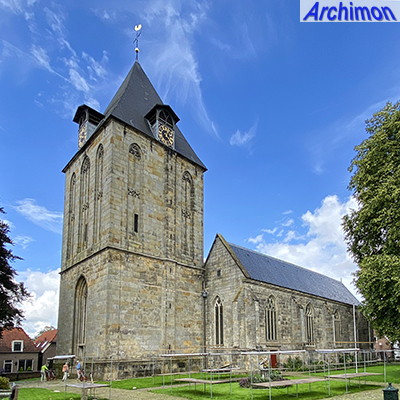 The
reformed church of Delden, also known as Oude Blasius (old Blasius) or
Blasiuskerk, is first mentioned in a manuscript from 1119, when it was given to
the chapter of St. Pieter in Utrecht. This makes the church older than the town
of Delden itself.
The
reformed church of Delden, also known as Oude Blasius (old Blasius) or
Blasiuskerk, is first mentioned in a manuscript from 1119, when it was given to
the chapter of St. Pieter in Utrecht. This makes the church older than the town
of Delden itself.
Of this early church no further details are known. In ca. 1150 work began on a
new church, an aisleless cruciform basilica. When work stopped for unknown
reasons in ca. 1170 the church was not finished according to the original plan,
with the southern transept-arm still missing. When work finally continued in the
mid-13th century, a new plan was made to rebuilt the church into a three-aisled
hall-church, similar to churches built in Westphalia in that period. Of the old
church parts only remain in the pillars between the aisles and a part of the
eastern wall of the northern transept arm. However, once again work was stopped
for a long time. Finally, In the second half of the 14th century the main choir
and sacristy were built, the oldest parts of today's church, apart from the
parts mentioned before, and the only parts where bricks were used. In 1464
the southern aisle was finished, with its choir which for some reason is a meter
wider than the main choir. In the same period a northern transept was built,
which in the late-15the century was transformed into a northern aisle, this time
without a choir. The tower, which probably replaced a Romanesque predecessor,
was started in 1516. Only its lower two segments were completed. Since
sounding-holes are mssing, it is likely that at least a third segment was
intended to be built.
In 1583 protestant troops attacked Delden, a year later the town was set on fire.
The church lost its roof and part of the vaulting. In 1601 the church was handed
to the protestants. In the 19th century several plaster vaults were sdded, of
which only the one above the organ remains; the others were replaced by stone
vaults during a restoration in 1965-1968. During the restoration several
murals were recovered from underneath a coat of plaster.
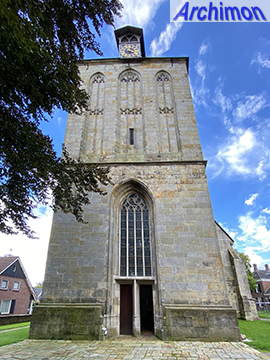
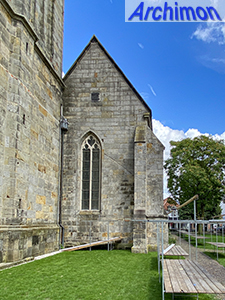
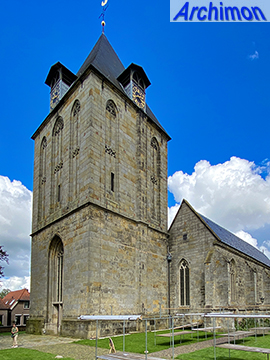
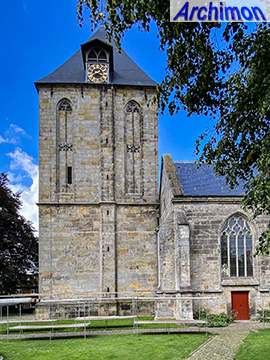
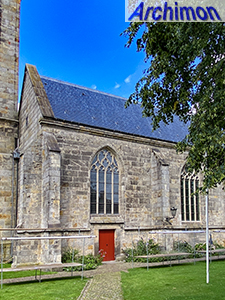
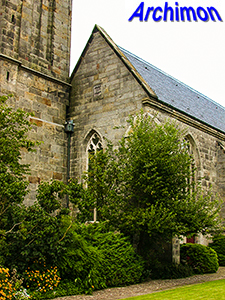
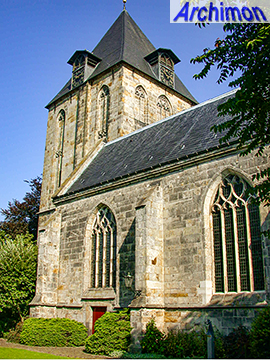
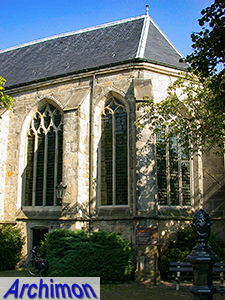
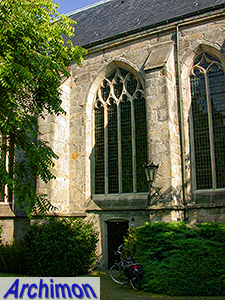
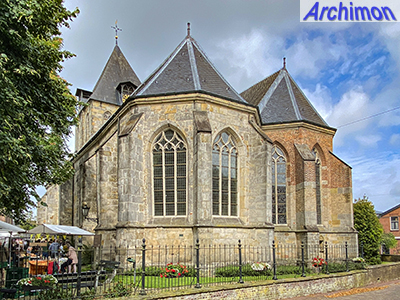
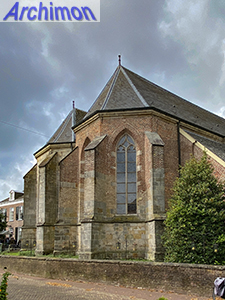
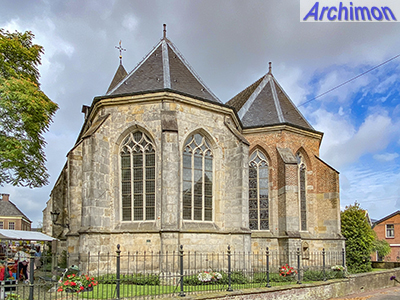
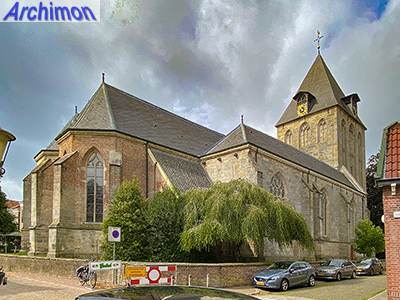
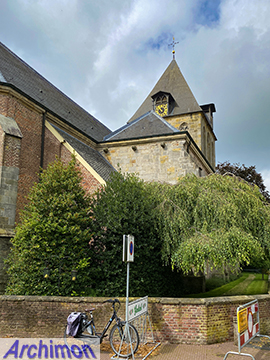
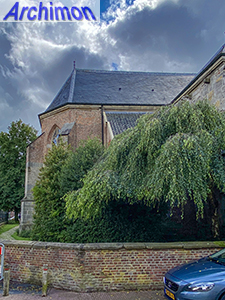
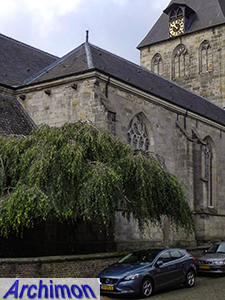
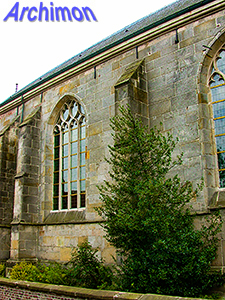
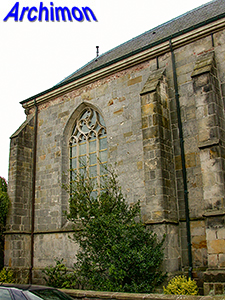
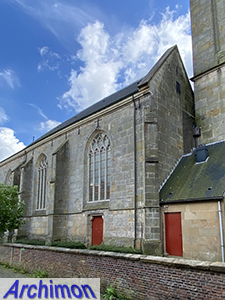
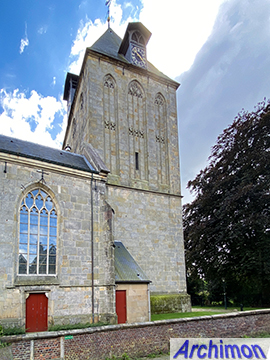
Back to Hof van Twente municipality